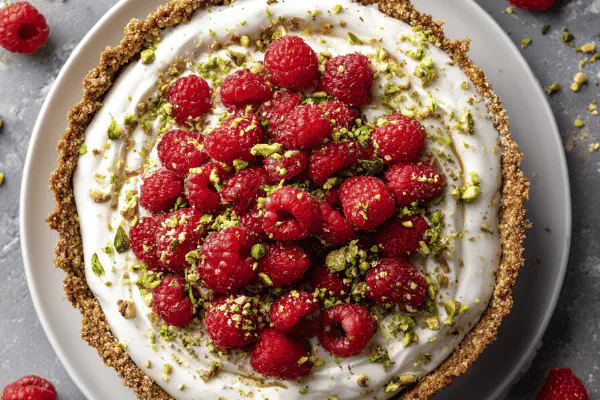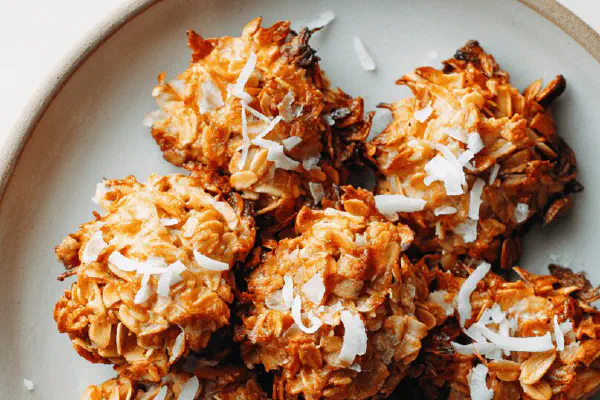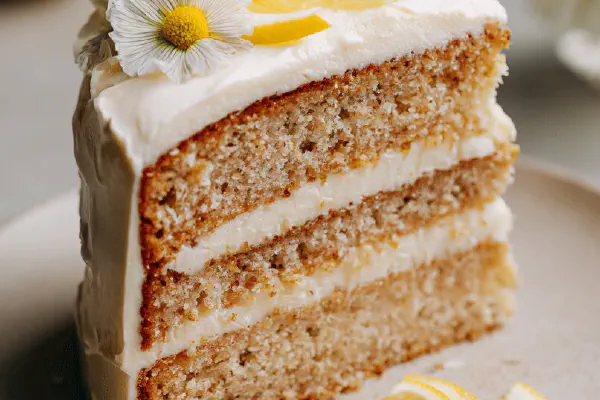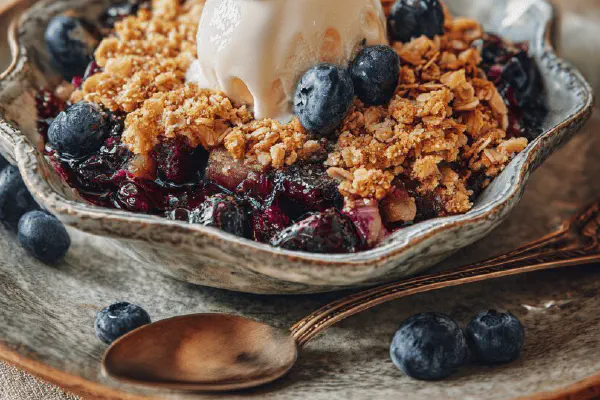Featured Recipe
Sweet Potato Cobbler Remix
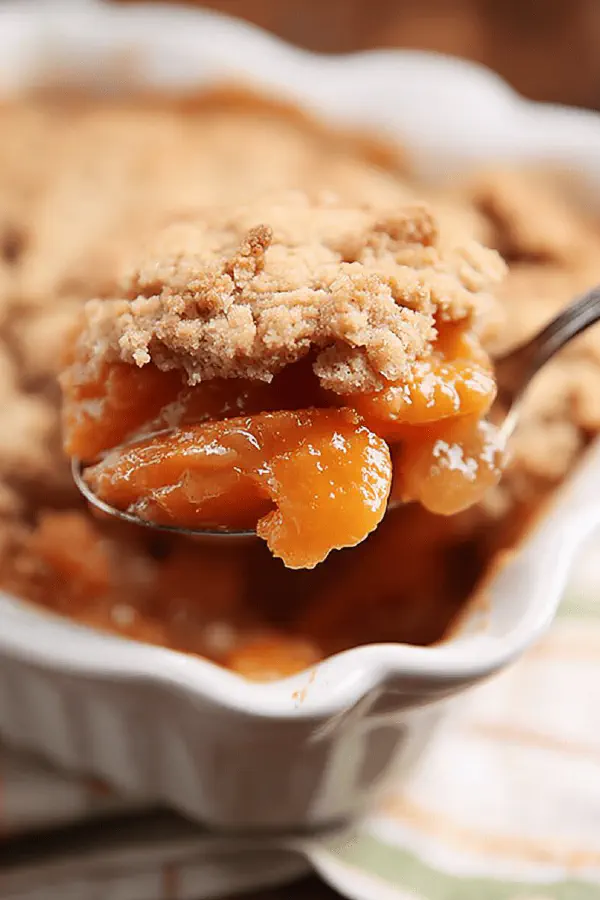
By Kate
"
Sweet potatoes poached gently, sugar and spice melding in simmering bath. Crumbly dough made with oat flour and coconut sugar instead of white flour and brown sugar. Butter swapped for coconut oil. Milk replaced with almond milk, keeps crumbly texture but lactose-free. Half-inch slices give bite, simmered to tender but firm. Dough spread under and over filling, topped with a sprinkle of turbinado sugar for crunch. Bakes until golden with crispy edges. Rest before cutting. Best served slightly warm. Aroma rich cinnamon, subtle ginger, sweet, woodsy warmth. Textures contrast soft potatoes and crisp biscuit topping.
"
Prep:
25 min
Cook:
40 min
Total:
65 min
Serves:
10 servings
dessert
gluten-free
Southern cooking
healthy alternatives
Introduction
Sweet potatoes sliced thick and simmered in spiced, sweetened water. Not drained. That liquid becomes crucial, carries flavor, keeps cobbler moist through bake. Oat flour and coconut oil replace regular flour and butter for a twist on texture and health. Using almond milk keeps dough tender without dragging it down. Sugar swapped to coconut and turbinado for deeper caramel notes. Dough is crumbly, not a sticky mess. Flour fat interaction—not overworked—is what builds tender flakes. Timing based on feel not clock alone. Potatoes need testing. Dough should hold shape but crumble. Brown sugar on top? Replace with a true granular sugar that caramelizes, adds crunch. Rest cobbler before slicing. Makes clean cuts, thick sauce. Real food cooking. No fluff.
Ingredients
About the ingredients
Sweet potatoes vary in moisture and sweetness; adjust sugar accordingly. Coconut sugar and turbinado create richer, earthier sweetness than white or light brown sugar; subbing affects caramelization and flavor depth. Oat flour chosen for tenderness and mild flavor, but whole wheat pastry flour can replace, expect denser dough. Coconut oil solid cold, important to keep dough cold; otherwise dough gets greasy and tough. Almond milk used here for dairy-free option. Whole milk or buttermilk also works but reduces shelf life. Cinnamon and ginger intensify warmth; increase or skip ginger as preferred. Water to barely cover potatoes controls texture during simmer—too much water dilutes flavor during bake. Nonstick spray prevents sticking but buttering pan can add flavor and browning if desired.
Method
Technique Tips
Starting potatoes in cold water lets heat penetrate evenly, avoids mushy edges. Simmer over medium-low maintains gentle bubble, prevents breaking apart. Testing softness with fork prevents overcooking—soft but still intact potatoes retain texture after baking. Keeping cooking liquid is key; it carries sugar, spice, starch—helps moisten during bake. Dough made with cold fat minimizes gluten formation, yields tender topping. Cutting fat in with two forks works if no pastry blender; keep work brief; hands can melt coconut oil—use a chilled bowl if needed. Stir milk slowly to control dough hydration; crumbly but sticky means enough moisture to hold but won’t turn gummy. Crumble bottom dough loosely—too thick blocks juices; no pressing top dough or no steam escape, results in soggy crust. Turbinado sugar sprinkled last adds crunch—best added fresh before bake, not earlier. Bake until golden brown with dry topping—not pale or wet. Rest cobbler uncovered to thicken juices ignored otherwise, alien slop. Remember: visual textures matter more than exact times. Practical tricks beat strict timers every time.
Chef's Notes
- 💡 Chill coconut oil beforehand. Cold fat crucial for flaky texture. Don't let it melt. Use pastry blender or forks to mix into flour until pea-sized lumps form. Expect some lumps; they're fine. Keep everything cool.
- 💡 Adjust water to barely cover potatoes. Too much water dilutes flavor. Less is more; avoid a soupy filling. Too little? Potatoes can stick or scorch. Test often to know when they just soften but still hold shape.
- 💡 Use almond milk to avoid dairy. If not available, replace with coconut milk or even water in a pinch. Just ensure enough moisture to form a crumbly dough. Avoid excess; too wet will ruin texture.
- 💡 Turbinado sugar goes on before baking. Adds a crucial crunch to the topping. Don't mix it in earlier, or it won't provide the crispy layer desired. Sprinkle liberally for best caramel notes out of the oven.
- 💡 Rest cobbler before cutting. Let the juices settle; avoid runny mess on plates. Ten to twelve minutes usually works. Easier to cut after resting. Texture should hold firm; reclaim that structure lost if cut too soon.
Kitchen Wisdom
How do I prevent the cobbler from becoming too runny?
Let filling thicken while resting. Keep some cooking liquid but not too much. Test consistency cooking; adjust sugar to taste as needed.
What if the dough is too sticky?
Brief chill can work wonders. Add more almond milk gradually until you get a crumbly consistency. Too dry? Add a splash of liquid; don’t oversaturate.
Can I substitute the sweet potatoes?
Yes, use butternut squash or pumpkin. Adjust sugar levels; they may vary in sweetness. Texture will differ slightly, but works in a pinch, still delightful.
How do I store leftovers?
Store in an airtight container in the fridge for 3-4 days. Reheat gently in oven or microwave. Can even freeze, though texture may suffer slightly when thawed.
